Here’s an overview:
- Introduction to Golf Club Varieties: Exploring the Different Kinds of Golf Clubs
- The Essential Golf Club Categories Explained
- Woods
- Irons
- Hybrids
- Wedges
- Putters
- Drivers: Unleashing the Power of the Tee
- Fairway Woods: Bridging the Distance on the Course
- Irons: Precision and Control for Various Distances
- Hybrids: Combining the Best of Woods and Irons
- Wedges: Mastering the Short Game
- Putters: The Art of the Final Stroke
- Types of Putter Heads:
- Putter Grips:
- Specialty Clubs: Understanding Their Unique Purposes
- Selecting the Right Club for the Shot: Tips and Strategies
- Maintaining and Caring for Your Golf Clubs
- Custom Golf Clubs: Tailoring the Game to Your Needs
- Commonly Asked Questions About Golf Clubs
- Conclusion: Mastering Golf Club Selection for Improved Gameplay
Introduction to Golf Club Varieties: Exploring the Different Kinds of Golf Clubs
As one begins to navigate the lush fairways and manicured greens of the golf course, understanding the diverse array of clubs in a golfer’s bag is essential. Golf clubs are not one-size-fits-all tools; they come in different types designed for specific situations on the course.
Woods, despite the name, are now primarily made of metal and are the power hitters of the golf world. They’re designed for long-distance shots, typically off the tee. The driver, or the 1-wood, is the titan of distance, while the 3-wood and 5-wood offer a balance of control and distance, often used from the fairway or off the tee on shorter holes.
Irons are the precision instruments of golf, ranging from 1-iron to 9-iron. Lower-numbered irons (2, 3, 4) are for longer shots, with higher-numbered irons used for shorter, more precise approaches. Each iron is crafted with a specific loft to control distance and trajectory.
Hybrids combine elements of woods and irons, designed to replace the more challenging long irons. Often referred to as “rescue clubs,” hybrids offer more forgiveness and are easier to hit for many golfers.
Wedges come into play closer to the green, and there are several types: the pitching wedge, sand wedge, gap wedge, and the lob wedge. They provide high loft for shots over hazards or to get the ball close to the pin with precision.
Lastly, the putter reigns supreme on the greens, providing the touch and accuracy needed to roll the ball into the hole. Its design is specialized for this purpose, with varying heads and lengths to suit a player’s style.
With this fundamental knowledge of golf club varieties, players can head to the course with confidence, equipped for each unique challenge they’ll face.
The Essential Golf Club Categories Explained
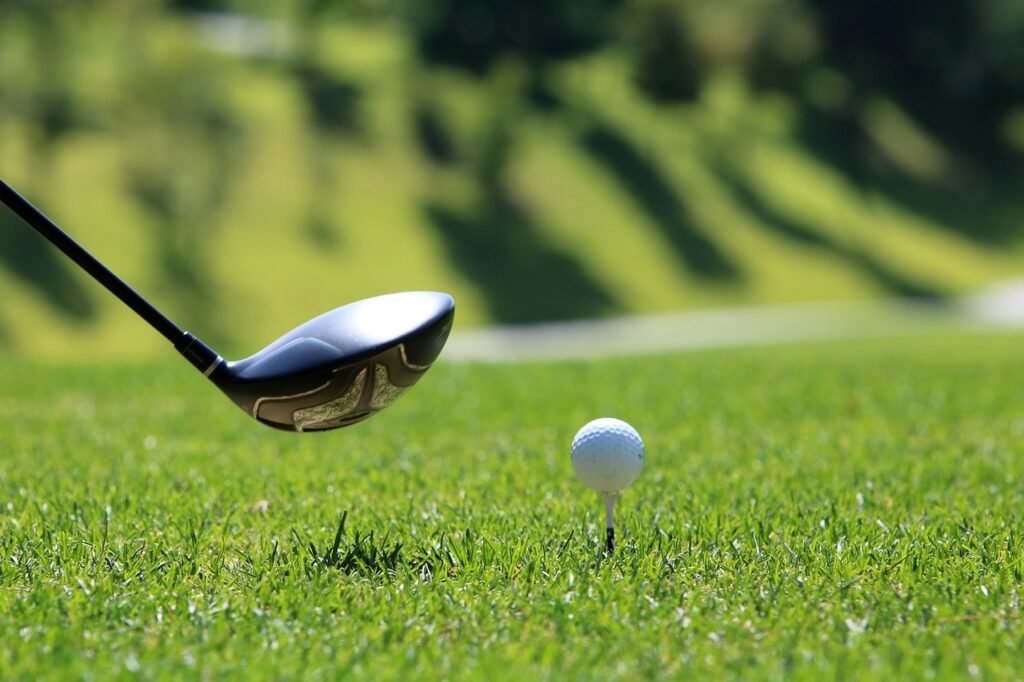
When a golfer hits the course, their bag is typically filled with a variety of specialized clubs, each designed for specific situations. Understanding the categories of golf clubs is key to mastering the game.
Woods
Woods are the power hitters, designed to launch the ball long distances. This category includes the driver (or 1-wood) and fairway woods, which are numbered incrementally to indicate variations in loft and distance – Find the best Woods here.
Irons
Next in the lineup are irons, ranging from 1-iron to 9-iron. Low-numbered irons (2, 3, 4) are long irons for longer shots, while higher-numbered irons (7, 8, 9) are short irons used for more precise shots closer to the green. Mid-irons (5, 6) fill the gap for mid-range situations – Find the best Irons here.
Hybrids
Hybrids merge the design qualities of woods and irons, offering an easier-to-hit alternative to long irons. They’re versatile clubs that can help golfers improve control and consistency, especially from challenging lies – Find the best Hybrids here.
Wedges
Wedges are the scoring clubs, featuring high loft angles that help manipulate ball spin and control. This category includes pitching wedges, sand wedges, lob wedges, and gap wedges—each with a specific function ranging from general approach shots to navigating tricky sand traps and lobbing over hazards – Find the best Wedges here.
Putters
The putter’s domain is the green, with a clubhead designed to roll the ball along the ground with precision. There are various styles like blade, mallet, and more, each with unique balance and weight distribution to cater to different putting strokes – Find the best Putters here.
These categories make up the essential toolkit for navigating the golf course. From tee-off with a powerful driver to sinking the final putt, each club has a role to play in a golfer’s game.
Drivers: Unleashing the Power of the Tee
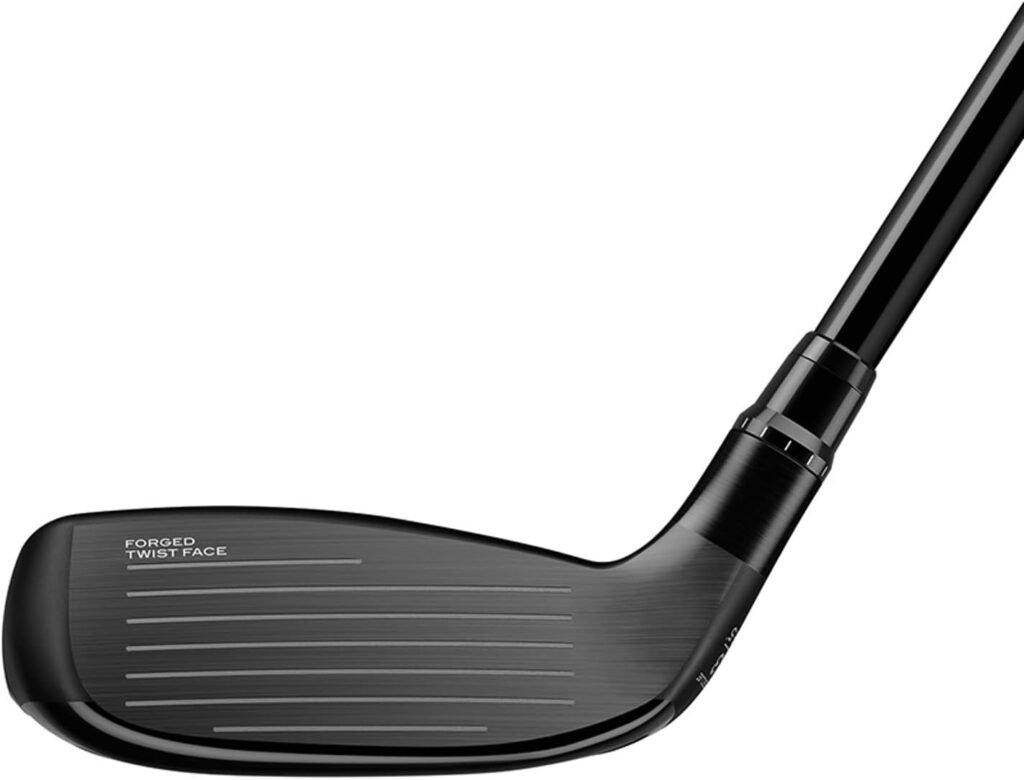
When golfers step up to the tee, the driver is their weapon of choice for long-distance shots. With its oversized head and longest shaft in the bag, it’s designed to maximize the ball’s travel distance—perfect for those par 4s and 5s.
Drivers have seen a tech revolution over the years. From adjustable weights to customizable loft angles, these clubs are as high-tech as they come. The key? A low center of gravity and a high moment of inertia—or in simple terms, they’re built to reduce the spin and send the ball soaring straight and far.
Consider the shaft. A longer shaft can up the ante on swing speed, but it demands precision in your technique. And while we’re talking materials, let’s tip our hats to graphite—a lightweight champion that has made steel shafts nearly obsolete in the driver department.
Heads up for head size, though! The rule book caps it at 460 cubic centimeters. But within that limit, manufacturers work wonders with shapes and materials. Titanium is a favorite for the sweet sound it makes when it meets the ball, giving you that feel-good sensation that says, “This one’s going far!”
But not so fast—drivers aren’t all about raw power. There’s an art to using them, and it starts with the grip and stance. A proper setup is a game-changer, ensuring that the club’s power translates into a clean, effective stroke.
Golfers often get into debates about the best drivers out there, and while the perfect driver varies from player to player, it’s not just about the club—it’s about how you harness its power. After all, a driver can only do so much. The real secret sauce? It’s in the swing. So, grip it, rip it, and watch it fly—just maybe steer clear of those pesky sand traps.
Fairway Woods: Bridging the Distance on the Course
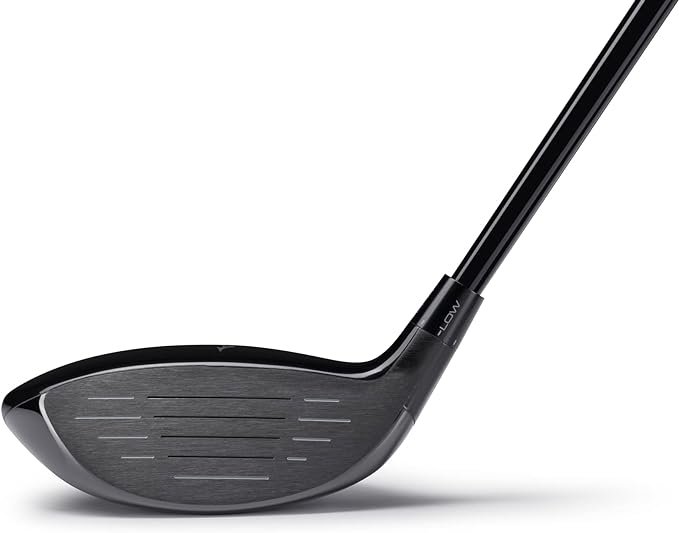
Fairway woods are the go-to clubs when you face a long stretch of fairway ahead and need to cover a lot of grounds with precision. They’re particularly useful after the tee shot on par-4s and par-5s, where hitting the green in regulation is critical. Often referred to as the “fairway metals,” due to most being constructed out of steel or titanium nowadays, these clubs blend the power of a driver with the ability to make more controlled shots.
What sets fairway woods apart is their design:
- Shallower head profile for easier ball lift from the turf
- Lower center of gravity to promote a higher launch
- Longer shafts than irons for increased distance
- Variety of lofts to tackle different range shots
Professional and amateur golfers alike favor the 3-wood and 5-wood. The 3-wood is lauded for its versatility; it’s a stellar option when the driver seems too risky or unwieldy. On the other hand, the 5-wood provides a tad more loft, which can be a game-changer on courses with tight fairways or elevated greens. Additionally, higher woods, like the 7-wood, are growing in popularity, especially among players who find long irons tough to hit.
Employing a fairway wood effectively requires a slightly different swing than with an iron. Since the ball is typically lying on the ground and not teed up, the player has to sweep the ball off the turf with a shallow approach angle. Perfecting this can translate to soaring shots that cover significant yardage yet land softly, setting up birdie opportunities or saving par.
Use fairway woods for these situations:
- On the fairway: When you’re too far for an iron but don’t want to risk overshooting with a driver
- Off the tee: For narrow fairways where precision trumps distance
- Out of light rough: The club’s design can manage a bit of grass without majorly affecting the shot’s outcome
Mastering fairway woods can indeed close the daunting distance gap on lengthy holes, making them an invaluable part of any golfer’s bag.
Irons: Precision and Control for Various Distances
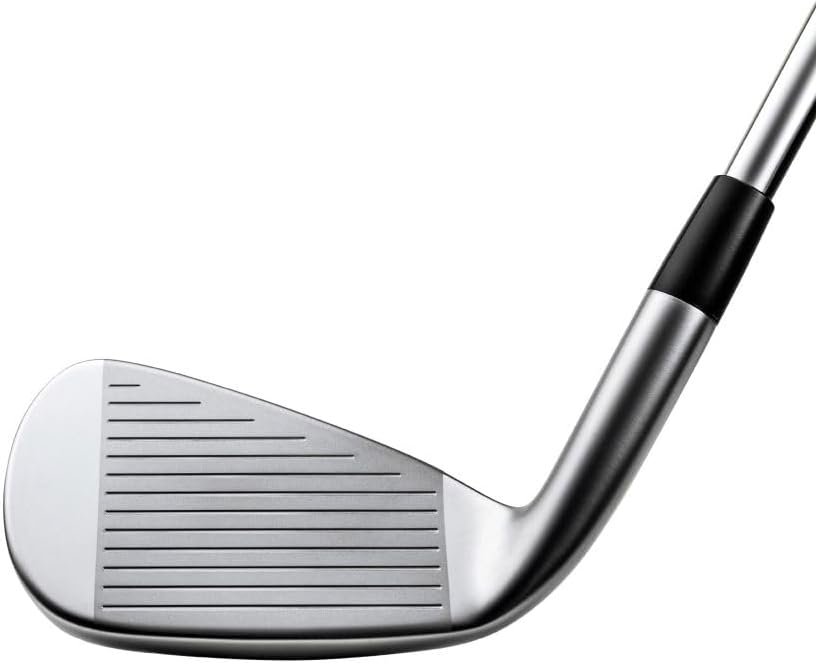
When golfers talk about precision and control, they often refer to their iron play. Irons range from the 1-iron to the 9-iron, with lower-numbered irons typically being harder to hit due to their long shafts and low lofts. Higher-numbered irons, or short irons, are easier to handle and are designed for more accurate, controlled shots.
- Long irons (1,2,3) are seldom found in today’s golf bags due to their difficulty. They are designed for long shots from challenging lie conditions and are often replaced by hybrid clubs for better playability.
- Mid irons (4,5,6) serve a golfer on a variety of shots, from teeing off on a short par 3 to approaching from the fairway. They provide a blend of distance and precision.
- Short irons (7,8,9) are indispensable for approach shots. These irons give golfers the most control, allowing them to target the green with high accuracy.
Golf enthusiasts understand that each iron is crafted with a particular launch angle for varying distances. The loft dictates how high and how far the ball will fly. The higher the number on the iron, the higher the loft, influencing the ball to travel higher and land softer on the greens – crucial for approach shots.
Practicing with irons is key, as they can be challenging to master. Golfers spend countless hours honing their swing to ensure consistent contact and shot-making. It’s the mastery of iron play that often separates the weekend duffer from the serious contenders. Irons are fundamental for any golfer who wants to improve their accuracy and score better on the course. Whether taking on a straightforward fairway shot or navigating around hazards, the precise use of irons can dramatically enhance a player’s game.
Hybrids: Combining the Best of Woods and Irons
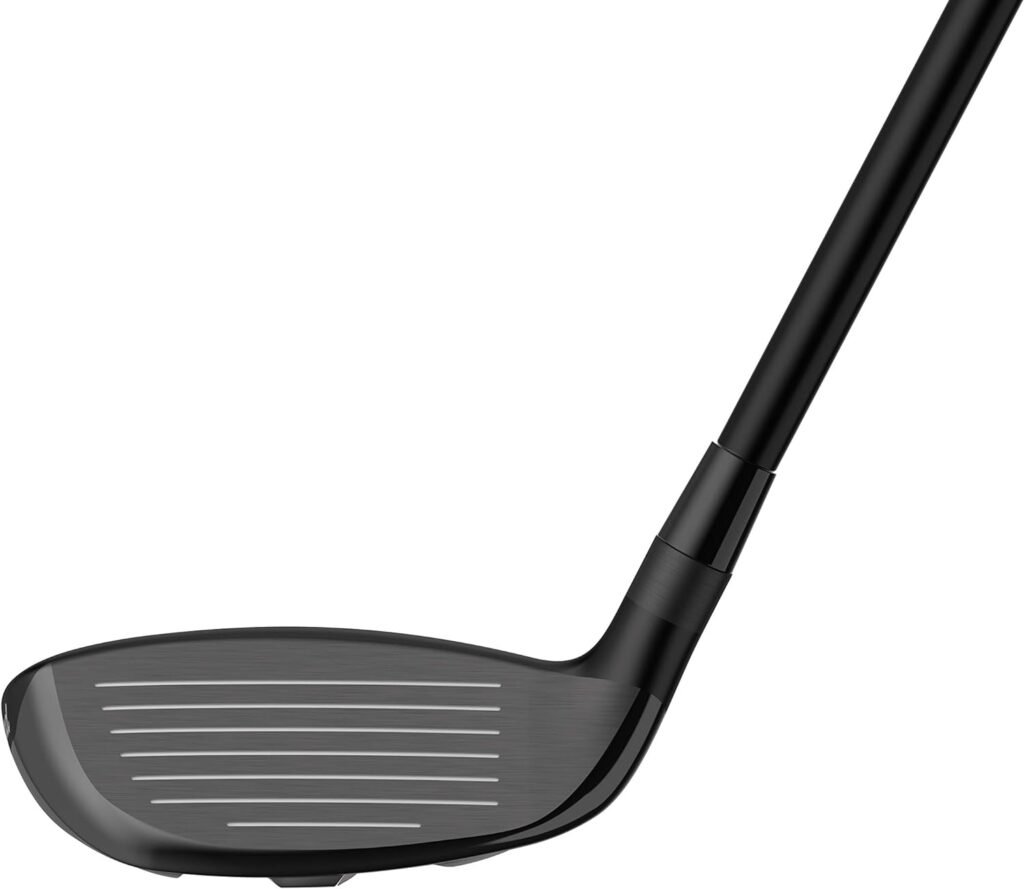
The game of golf is all about versatility and having the right tools for every situation. That’s where hybrids come in—a blend of the forgiving nature of woods and the precision of irons, making them a staple in many golf bags. Often seen as the Swiss Army Knife of golf clubs, hybrids are designed with a unique purpose in mind: to make difficult shots a little easier, especially from unfavorable lies.
Hybrids, commonly referred to as “rescue clubs,” are easier to hit than long irons, which is why they’ve become increasingly popular among amateurs and professionals alike. Here’s a rundown of why hybrids have found a home in golfers’ hearts and bags:
- Ease of play: They have a wider sole compared to irons, which helps to avoid digging into the ground. This makes them more forgiving when you don’t hit the ball perfectly.
- Versatility: Whether you’re on the fairway, in the rough, or facing a challenging lie, the design of a hybrid is such that it can manage a range of shots with relative ease.
- Distance control: With the power of a wood and the control of an iron, hybrids offer consistent distance, which can be a game-changer for mid to high handicap players.
- Confidence on the course: The chunky profile gives an added boost of confidence as there’s more clubface to make contact with the ball.
Hybrids can serve as a bridge in your club set, filling the distance gaps between your woods and your shorter irons. Incorporating one or even a couple into your set can pay dividends, allowing you to maintain the pace of play with strokes that feel less strained yet yield the distance and accuracy you need. Whether needing to escape from the rough or aiming for that distant green, having a hybrid at the ready could be your ticket to a more pleasurable round of golf.
Wedges: Mastering the Short Game
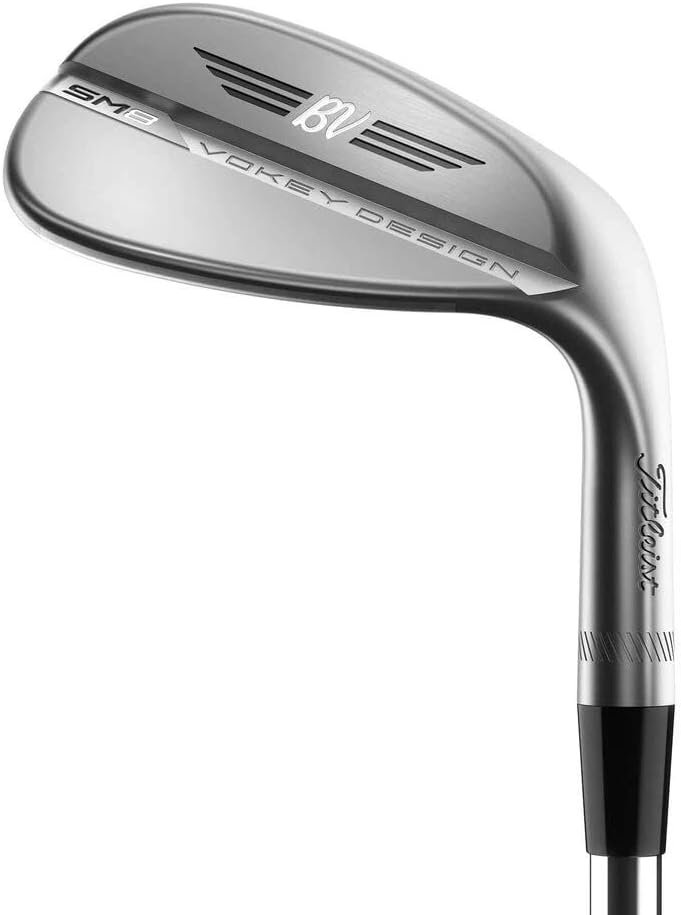
In golf, having prowess in the short game can be a game-changer, and that’s where wedges earn their stripes. These shorter clubs, with their higher lofts, are specifically engineered for precision, control, and finesse rather than sheer distance. Golfers typically carry a variety of wedges to tackle different situations:
- Pitching Wedge (PW): This classic wedge is versatile for shots from 100 yards and in. It’s your go-to for a full shot that needs to land softly on the green.
- Gap Wedge (GW): Nestled between the pitching and sand wedge, the gap wedge addresses the ‘gap’ in loft. It offers a solution for those tricky shots that need more finesse than a PW but less loft than a SW.
- Sand Wedge (SW): As the name suggests, the SW shines in the bunker. Yet, its uses extend to thick grass or any lie that requires a high launch to escape trouble spots.
- Lob Wedge (LW): With the highest loft, the lob wedge lifts the ball steeply and drops it delicately onto the green. It’s a favorite when a shot has to clear a hazard and stop on a dime.
Mastering these clubs requires practice and a nuanced understanding of when to use each. The secret lies in the swing—the golfer’s stance, grip, and angle of attack all impact the effectiveness of wedge play. A softer swing often suits a PW or GW, while a more assertive flick lifts the ball out of the sand or rough with an SW or LW. And don’t forget to consider the bounce angle; that’s the design feature that lets the club glide through the turf rather than dig in.
Wedges make or break the short game. With the right touch and club selection, players can avoid the pitfalls that often lead to high scores. The ultimate goal? To place the ball as close to the hole as possible, transforming a good round into a great one.
Putters: The Art of the Final Stroke
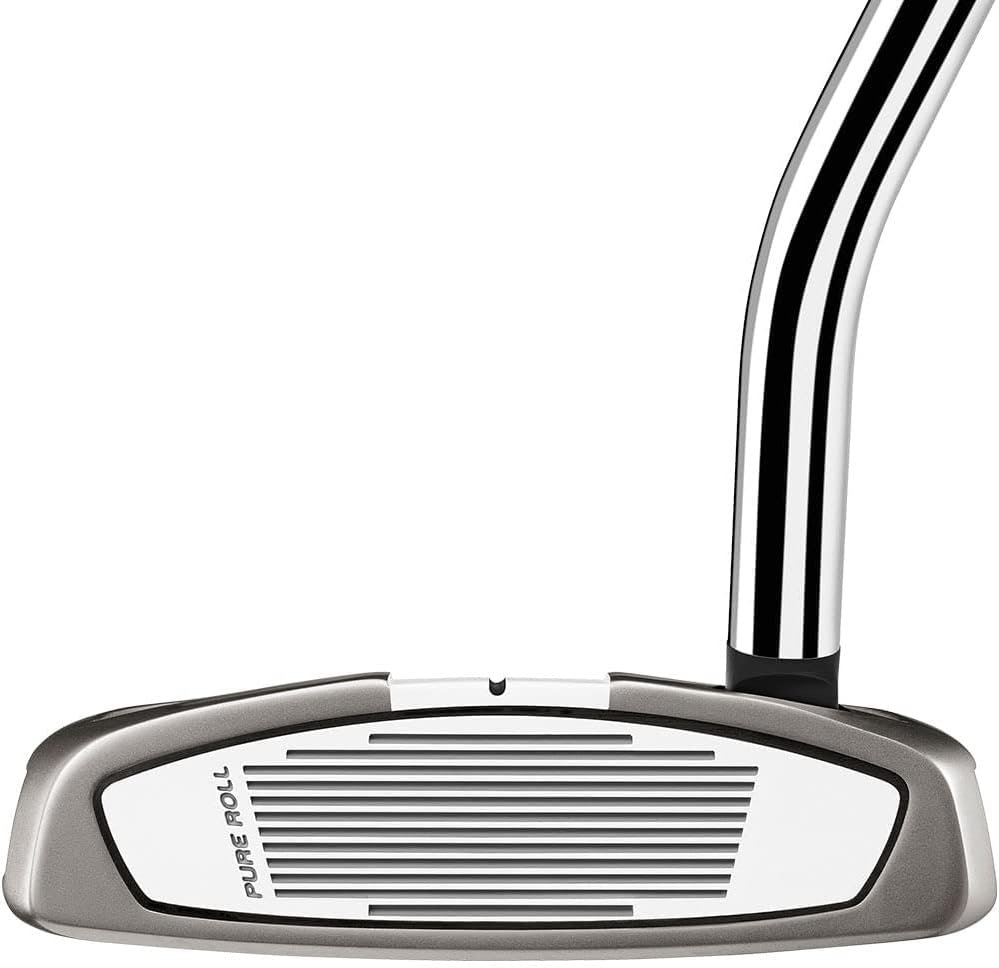
When it comes to sealing the deal on the green, the putter is the golf club that takes center stage. Unlike the powerful drivers and precise irons, putters are the specialists in delicacy and finesse, designed for that final stroke that gently nudges the ball into the hole. This is the club that can make or break a game, for it demands precision and a steady hand.
Golfers often talk about the “feel” of a putter, and with good reason. Every green has its own quirks—subtle slopes, varying speeds, and tricky textures. Reading the green is like interpreting a hidden language written in the grass, and a good putter serves as the translator. Factors such as the putter’s length, weight, balance, and the shape of the head all influence how the ball will roll.
Types of Putter Heads:
- Blade Putters: Lean and mean, these are traditional and great for players with a straight putting stroke.
- Mallet Putters: With a larger head, these offer more stability and help with alignment.
- Perimeter-Weighted Putters: These aim to distribute weight around the outer edges of the putter head, offering forgiveness on off-center hits.
Putter Grips:
- Standard Grips: These are simple and straightforward, suitable for most players.
- Oversized Grips: Larger in size, these can help reduce wrist action for more control.
The grip and stance a golfer adopts while putting can be as unique as a fingerprint. Some prefer a traditional grip and stance, while others experiment with variations like the claw grip or the arm-lock technique. Ultimately, it’s about what feels right and what produces results.
Putting encapsulates the art of golf—it’s less about power and more about the poetry of precision. When the putter is in hand, it’s just the golfer, the ball, and a world of green possibilities.
Specialty Clubs: Understanding Their Unique Purposes
In the rich tapestry of golf club varieties, specialty clubs assert their presence with distinct and tailored purposes that transcend the conventional roles of drivers, irons, and putters. These are the tools that can rescue a game, provide an edge in specific situations, or offer a lifeline out of tricky spots.
- Hybrids: Combining the launch benefits of fairway woods with the control of irons, hybrids are adept at tackling long shots from challenging lies. Whether it’s cutting through the rough or gliding out of sand, hybrids substitute for long irons to make high-handicap golfers’ games more forgiving.
- Chippers: With a putter-like stroke, yet an angled loft akin to irons, chippers simplify shots just off the green. They’re a boon for players struggling with chipping consistency, assisting in getting the ball airborne and onto the green with minimum fuss.
- Driving Irons: These slender long irons, also known as utility irons, offer precision and control off the tee—particularly handy in windy conditions or when a fairway is too treacherous for a wood’s breadth. A player aims for a controlled, low trajectory shot with a driving iron.
- Gap Wedges: Positioned between the pitching wedge and sand wedge, gap wedges hold the fort on distance control. When a pitching wedge is too much, and a sand wedge not enough, this specialty club provides the precision required for those ‘in-between’ yardages.
- Lob Wedges: Need to launch over a hazard or a steep bunker face? The lob wedge—with its high loft—delivers a steep angle of descent, allowing the ball to land softly on the green, curtailing roll-out and prioritizing placement over distance.
Understanding and utilizing these specialty clubs can make all the difference in navigating the challenges encountered on a golf course. Each has its place in a golfer’s bag, ready to perform when called upon to manage specific tasks where standard clubs might falter.
Selecting the Right Club for the Shot: Tips and Strategies

Choosing the correct golf club for a particular shot can make a huge difference in your game. It’s not just about how far you can hit the ball; it’s also about precision, control, and dealing with various course conditions. Here are some key tips and strategies for selecting the right club:
- Understand Your Distances: Know the average distance you hit with each club. Keeping a distance chart can be helpful.
- Analyze Course Conditions: Adjust your club choice based on wind, rain, or course layout. For instance, a strong headwind might require a longer club.
- Consider Your Lie: The quality of your lie can significantly affect your shot. If your ball is in the rough, opting for a club with more loft can help get the ball airborne.
- Think About Obstacles: Be mindful of any hazards or obstacles between you and your target. Sometimes it’s smarter to choose a club that will land you in a better position for the next shot, rather than going for distance.
- Assess the Green: When approaching the green, pick a club that gives you the best chance of hitting it close to the pin. Club up if the green is elevated or the pin is at the back.
- Choose Wisely Around the Green: Your wedges will come in handy for shorter shots, chips, and pitches. Select the wedge that allows you to control both distance and trajectory.
- Practice Different Shots: At the range, practice with each club. Get comfortable hitting different types of shots, like draws, fades, and punches.
Remember, the right club depends not only on distance but also on the specific shot you need to make. With these strategies, you’ll be better equipped to make intelligent decisions on the course, improving your overall game.
Maintaining and Caring for Your Golf Clubs
Proper maintenance of your golf clubs is essential to keep them in top playing condition and extend their lifespan. Here’s a straightforward guide on how to care for your clubs.
- Regular Cleaning: After every round of golf, take a moment to wipe down your clubs. Use a damp cloth for the clubheads and a dry one for the grips. For a deeper clean, use soapy water and a soft brush to remove dirt from the grooves but ensure you dry the clubheads thoroughly afterward.
- Check Your Grips: Over time, your grips might start to wear out. If they feel slippery or hard, it might be time to replace them. Good grips can make a significant difference in your hand comfort and swing.
- Club Storage: Never leave your clubs in extreme temperatures, particularly the trunk of your car. Heat can damage the glue holding the grip and the head in place. Store them in a cool, dry area.
- Protective Covers: Headcovers can prevent your woods from getting dinged or scratched. While they’re not necessary for irons, consider using them for specialty clubs like your putter.
- Inspection: Before you play, take a quick look at your clubs to ensure there are no loose heads or damaged shafts. Addressing issues early can prevent them from becoming bigger problems.
- Avoid Rough Terrain: While it’s sometimes unavoidable, try not to hit your clubs against rocks, trees, or anything that could dent or damage them.
By following these steps, your golf clubs will keep their shine, provide better performance on the course, and ensure that your investment lasts for many enjoyable rounds to come.
Custom Golf Clubs: Tailoring the Game to Your Needs
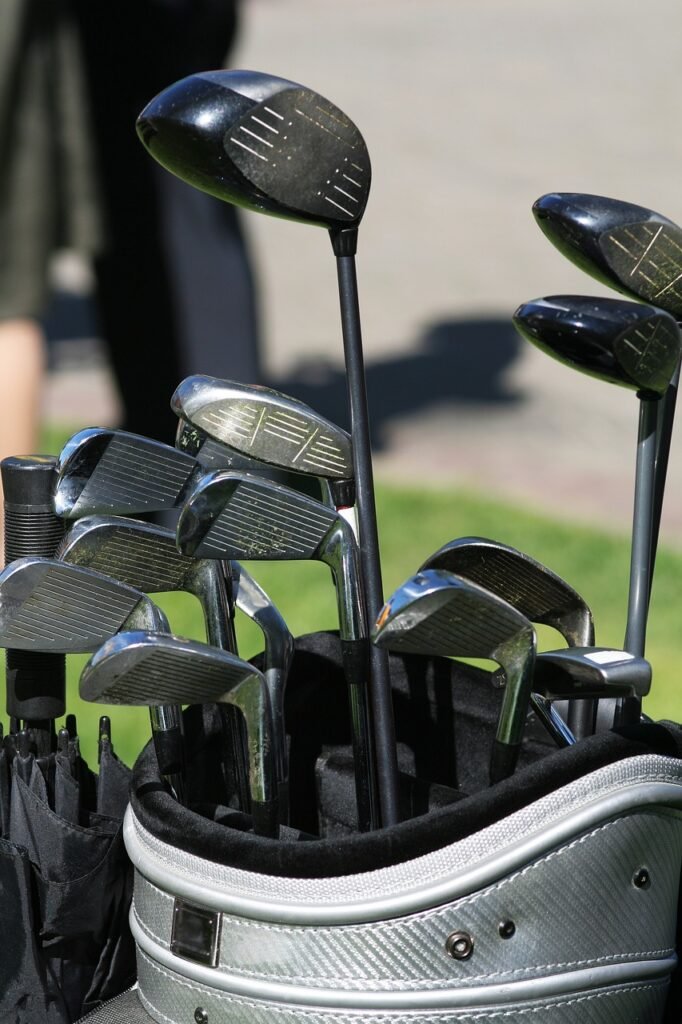
Golf enthusiasts know that having the right club in hand can be the difference between a birdie and a bogey. Custom golf clubs take personalization to the next level, offering a tailored experience that can enhance performance and enjoyment.
When golfers opt for custom-fit clubs, they’re not just buying a set off the shelf; they’re investing in a personalized toolkit for their game. The process usually begins with a fitting session, where a specialist measures various aspects of a player’s swing and physical build. From grip size to shaft length, everything is adjusted to suit the individual’s style and physique.
Here’s what a custom fitting may involve:
- Swing Analysis: Slow-motion cameras and sensors track swing speed, angle, and form, providing data to inform club customization.
- Physical Assessment: Measurements such as height, hand size, and arm length ensure that the clubs match the golfer’s physique.
- Interview: Golfers discuss their playing style, preferences, and goals, giving the fitter context for recommendations.
The benefits of going custom are plentiful:
- Better Accuracy: Clubs that complement your swing can help you hit straighter and with more control.
- Improved Comfort: Custom grips can reduce strain on hands and arms, making the game more enjoyable.
- Increased Confidence: Knowing your clubs are fitted just for you can provide a mental edge on the course.
Whether a novice looking to invest in their first proper set or a seasoned pro tweaking their equipment for competitive play, custom golf clubs can make a significant difference. They help golfers of all skill levels refine their game by ensuring that their clubs work with them, not against them.
Commonly Asked Questions About Golf Clubs
- What is the difference between woods and irons? Woods are designed for long-distance shots typically played from the tee or fairway. They have a larger, rounder head than irons, which allows for more speed and distance. Irons have a flatter head and are used for a variety of shots, from the tee, fairway, or rough, offering more precision and control.
- How many clubs are allowed in a golf bag? According to the rules of golf, a player is allowed to carry a maximum of 14 clubs in their bag during a round. This rule is strictly enforced in tournament play.
- Do more expensive clubs really make a difference? While more expensive clubs often feature advanced technology and materials that can enhance performance, they don’t automatically guarantee better play. Skill level and the correct fit for the individual’s swing are the most important factors.
- Can beginners use pro-level clubs? Beginners can use pro-level clubs, but they may not benefit much from the advanced features. It’s typically recommended for beginners to start with clubs that are designed for easier play and forgiveness.
- What is a hybrid club? A hybrid is a type of club that combines the characteristics of both woods and irons. It is designed to offer the forgiveness of a wood with the control of an iron, making it a versatile choice for various situations on the course.
- When should I replace my golf clubs? There is no set time to replace golf clubs, but indicators include wear and tear, a change in the player’s skill level, or advancements in club technology that could improve the player’s game.
- What’s the best way to determine the right club for a shot? The right club depends on several factors: distance to the hole, wind conditions, personal skill level, and the player’s ability to strike the ball consistently. Experience and practice help golfers make this judgement.
Conclusion: Mastering Golf Club Selection for Improved Gameplay

When it comes to improving your game, selecting the right club is as crucial as having the perfect swing. Understanding each club’s unique design and intended use is the key to making informed decisions on the course. Whether you’re reaching for a driver to start off a par-5 or debating between a 7-iron and a pitching wedge as you strategize your approach, knowing the nuances of your club arsenal can significantly impact your performance.
Start by being familiar with the distance range and trajectory of each club in your bag. A good rule of thumb is to visit the driving range and practice with each, noting the average distance you hit and how each club feels. Once you’re attuned to your personal metrics, you can make on-the-spot calls with greater confidence.
Mastering club selection also involves a keen eye for the environment. Wind conditions, hazards, and course topography can drastically affect your club choice. In windy conditions, for instance, using a club with less loft might help you control the ball better.
- Consider these factors during gameplay:
- Distance from the hole: Choose a club that you can hit comfortably at a controlled strength.
- Course obstacles: Factor in bunkers, water, and trees, selecting a club that helps navigate these.
- Lie of the ball: Assess whether it’s on the fairway, rough, or sand, as this influences the club’s impact.
Finally, remember that club selection is about strategy, not just strength or skill. Sometimes a conservative play with a higher-lofted club will serve you better than going for maximum distance. Excellent club selection, paired with tactical thinking, can substantially lower your scores and enhance your overall enjoyment of the game. Keep practicing, learning, and refining your choices to master golf’s strategic heart – club selection.
Exploring the different types of golf clubs? Our recommended article is perfect for beginners looking to understand various golf club categories and their uses. It breaks down essentials like drivers, irons, wedges, and putters, explaining each type’s role in a game of golf. This knowledge can significantly help in selecting the right equipment to start your golfing journey. For a comprehensive guide on the best golf club sets for beginners, check out Best Golf Club Sets for Beginners.
